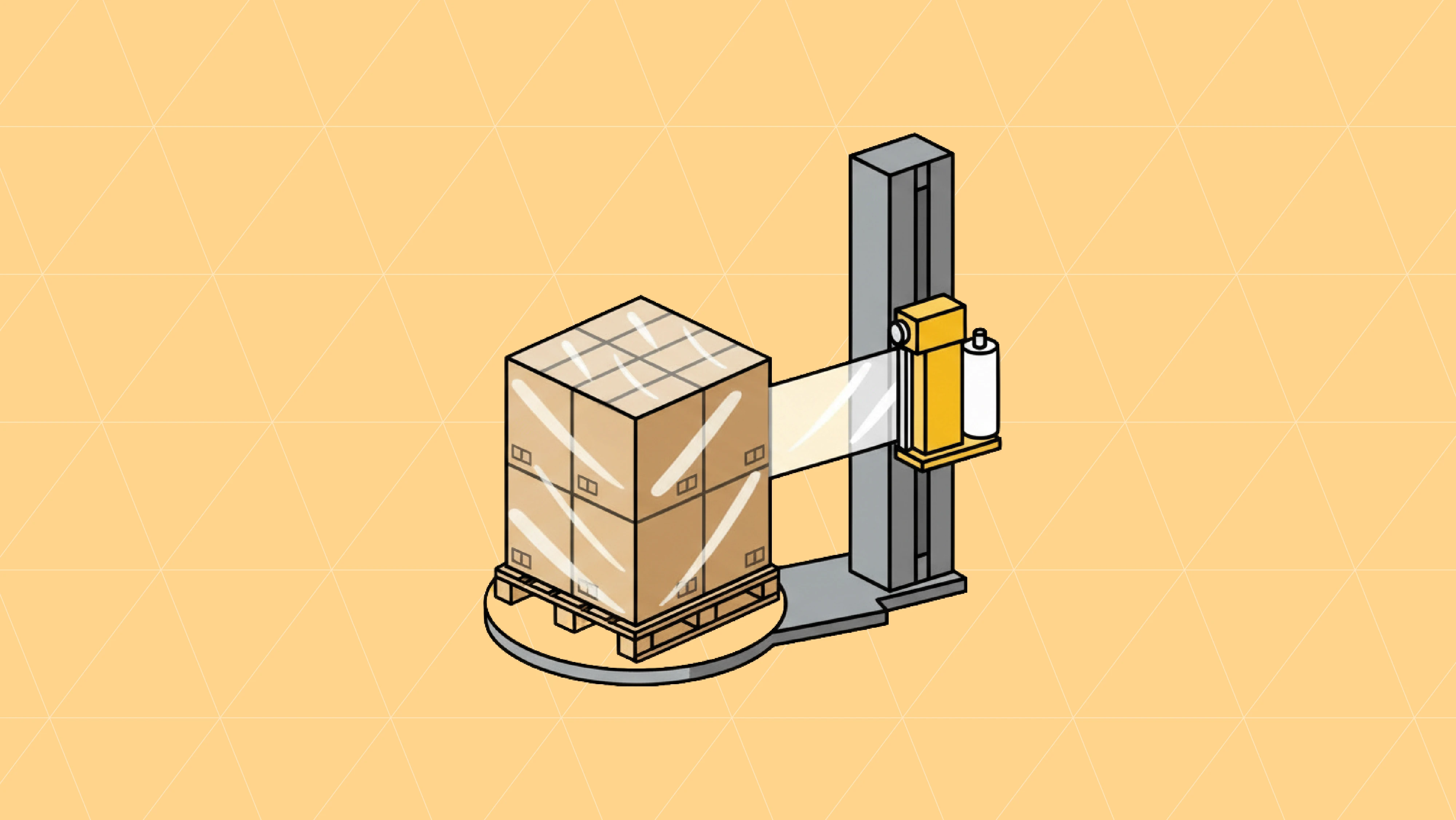Shipping appears deceptively simple at first—select inventory, package securely, arrange carrier pickup, apply labels, and dispatch to customers. However, beneath this surface lies a complex web of requirements that fluctuate based on business scale, product categories, target markets, and retail compliance.
From small operations shipping with limited storage spaces to large-scale warehouse facilities, businesses consistently encounter obstacles in achieving efficient product distribution. Industry feedback indicates that optimizing shipping workflows ranks among top priorities for companies planning ahead to 2026 and beyond.
This article examines four fundamental approaches to addressing shipping complexities while exploring how Electronic Data Interchange (EDI) can automate and refine your distribution processes.
Challenge 1: Managing Retailer-Specific Requirements and Order Fulfillment Models
Retail partners impose distinct shipping standards that extend far beyond basic Advance Shipping Notice (ASN) communications. These specifications often include:
Label and Packaging Standards:
Precise positioning requirements for labels, barcodes, and brand elements on shipping containers
Restrictions on product mixing within individual boxes or pallets versus single-item packaging
Specific weight thresholds, dimensional constraints, and container specifications for both individual items and bulk orders
Many retailers require Food & Beverage products to contain lot or batch numbers. For perishables and traceability-listed items, the lot number is a critical data element
Fulfillment Model Variations: Drop-shipping operations demand rapid processing capabilities, often requiring same-day dispatch for high-volume orders. Conversely, bulk distribution typically involves less frequent shipments containing diverse SKU combinations, necessitating extended preparation timeframes for proper staging.
Many major food retailers and distribution centers now require lot numbers (and sometimes additional data like GTIN and harvest/pack dates) on the ASN to comply with the FDA’s Food Safety Modernization Act (FSMA) Section 204, which mandates enhanced traceability for certain foods.
Suppliers must adapt their operational procedures to match each scenario precisely. Failure to comply can result in costly chargebacks or deteriorated retail relationships that impact long-term business viability.
Challenge 2: Identifying Optimal Shipping Solutions
Transportation costs can erode profit margins more rapidly than almost any other fulfillment expense category.
Rate Comparison Strategies: Effective rate shopping requires systematic carrier evaluation to identify the most economical shipping alternatives. By analyzing variables including pricing structures and delivery timeframes, businesses can make data-driven decisions that balance cost considerations with service quality expectations.
Package Optimization Techniques: Right-sizing packaging dimensions and weight significantly impacts shipping expenses. Selecting appropriately proportioned containers minimizes unused space while reducing dimensional weight penalties. Although these tactics can generate substantial cost reductions, they typically require iterative testing or comprehensive advance planning.
Weighing the differences between Parcel vs LTL Shipping?
Challenge 3: Implementing Automated Tracking and Communication Systems
Effective communication through Advance Shipping Notices (ASNs) and tracking information remains fundamental to successful shipping operations.
Wholesale Operations: ASNs provide comprehensive shipment details prior to arrival, improving supply chain efficiency through inclusion of contents, quantities, and anticipated delivery schedules. When retailers scan barcode labels, they immediately understand package contents without opening containers and can prepare for inventory receipt in advance.
E-commerce Applications: Basic information such as shipping dates and tracking numbers increases transparency for end consumers, enabling them to anticipate order arrival times and plan accordingly.
While these communication requirements add operational complexity, they prove essential for maintaining accurate, timely deliveries that meet customer expectations across all channels.
Read more: “The Smart Path to Better ASNs: Cut Errors, Pack Smart”
Challenge 4: Choosing Between In-House and Third-Party Fulfillment
Suppliers face critical decisions regarding order fulfillment management: maintain internal operations or partner with third-party logistics providers (3PLs).
In-House Management Considerations: Operating your own warehouse and shipping facilities provides complete process control, from staffing decisions to technology implementation. However, this control demands significant investments in human capital, operational procedures, and advanced technology infrastructure.
Third-Party Logistics Alternatives: 3PLs offer compelling advantages through specialized logistics knowledge and established infrastructure networks. However, selecting appropriate 3PL partners requires careful evaluation of geographic positioning, available capacity, quality assurance protocols, and industry-specific expertise.
Strategic Decision Framework: Success depends on identifying reliable 3PL partnerships or establishing robust internal processes. This choice directly impacts operational efficiency and brand reputation protection.
Learn more at, “Supplier Guide: Direct-to-Consumer vs. Warehouse Order Processing”
Strengthening Your Shipping Strategy Through EDI Integration
Shipping complexities remain constant challenges in modern commerce. Electronic Data Interchange serves as a reliable solution partner, simplifying processes across all order channels through comprehensive automation capabilities.
EDI Benefits for Shipping Operations:
Automated ASN generation and label printing processes
Integration with Warehouse Management Systems (WMS) or 3PL platforms
Standardized communication protocols across retail partners
Reduced manual data entry and associated error rates
Implementation Advantages: Full-service Fulfillment EDI solutions address diverse picking and packing processes, allowing businesses to concentrate on core competencies while maintaining compliance with retailer requirements.
Conclusion
Modern shipping involves navigating multiple interconnected challenges that require strategic planning and technological support. From understanding retailer-specific requirements to optimizing fulfillment models, each component plays a crucial role in operational success.
EDI integration provides the foundation for addressing these challenges systematically, offering automation capabilities that reduce complexity while maintaining the precision required for retail partnerships. By implementing comprehensive EDI solutions, businesses can focus on growth while ensuring their shipping operations meet evolving market demands.
The key to shipping success lies in recognizing these challenges early and implementing solutions that scale with your business requirements. Whether managing internal operations or partnering with 3PLs, having the right technological infrastructure ensures smooth operations and protects your brand reputation in an increasingly competitive marketplace.
More articles
Our platform is designed to empower businesses of all sizes to work smarter and achieve their goals with confidence.




